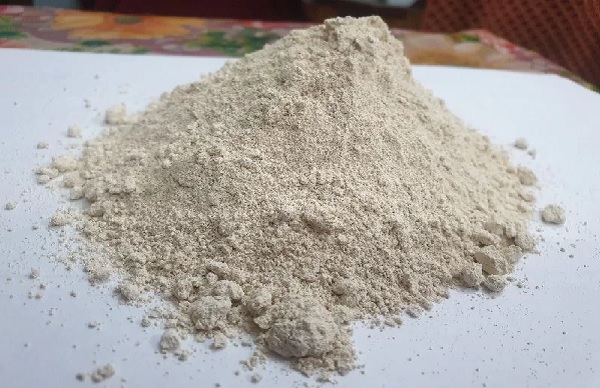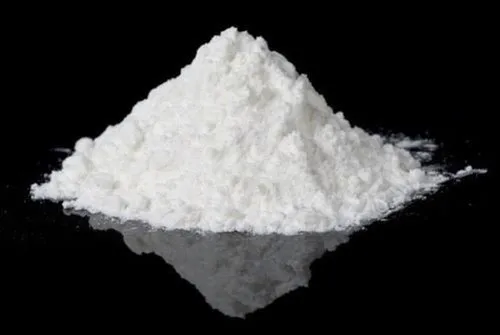
China Clay Powder Properties
October 16, 2024
China clay powder hsn code
October 16, 2024Kaolin, also referred to as China clay powder, is a necessary industrial mineral with essential value appearing in many industrial applications, such as ceramics, paper, rubber, plastics, and cosmetics. Primarily made of kaolinite, a type of clay mineral formed through the weathering of feldspar-rich rocks, this fine white powder has distinct properties like good plasticity, whiteness, and durability, which make it essential in numerous manufacturing processes.
What is the HS Code?
The Harmonized System (HS) code is an internationally standardized system for classifying traded products. Developed by the World Customs Organization (WCO), the HS code is used by customs authorities worldwide to calculate duties and taxes on imported and exported goods. Each product has a unique numerical code attached to its characteristics (nature, function, composition, etc.).
The HS code for China clay powder depends on its form and purity. The most important HS code for kaolin and other kaolinic clays is 2507.00. This subclass includes natural, unprocessed kaolin and kaolin that has undergone minor processing, such as drying and milling.
China Clay Powder Applications
China clay powder plays a crucial role in the production of ceramics and porcelain. Its fine particle size and white color enhance the strength, durability, and beauty of ceramic products. It also improves the workability of clay mixtures during shaping and molding.
Paper Industry
In the paper industry, China clay powder is used as a filler and coating agent. It improves the brightness, opacity, smoothness, and printability of paper products while reducing the need for expensive pigments during production.
Rubber and Plastics
China clay powder is often blended into rubber and plastic formulations due to its good mechanical properties. It acts as a reinforcing agent, enhancing the strength and flexibility of rubber products, improving thermal stability, and reducing production costs in plastics.
Cosmetics
The cosmetic industry uses China clay powder for its absorbent and thickening properties. It is found in face masks, powders, and other beauty products, helping to improve texture and functionality.
Construction
China clay powder is used as a filler in cement and concrete in the construction industry. Its fine particle size contributes to the workability and strength of the final product, enhancing the durability of structures.
Trade and Market Trends
Demand for China clay powder is growing steadily worldwide as various end-user industries continue to expand. In the Asia-Pacific region, particularly in countries like China and India, the ceramics and paper industries are driving this growth. As global construction activity shifts to developing economies, the need for China clay powder will increase further.
With international trade on the rise, businesses involved in importing and exporting must know the correct HS code for China clay powder. Proper classification ensures compliance with customs regulations and accurate calculation of tariffs or duties. Companies trading China clay must stay updated on any changes in HS codes and related regulations to avoid incorrect categorization.
Conclusion
China clay powder is an indispensable material with unique properties and applications in ceramics, paper, rubber, plastics, cosmetics, and construction. As the global trade in this essential mineral continues to grow, the importance of correctly classifying China clay powder using the proper HS code is clear. Companies must ensure accurate classification to facilitate smooth international transactions and maintain compliance with regulations.
We at Sudarshan Group offer high-quality China clay powder with detailed product information and trade requirements for our clients. With our industry experience, we are a reliable partner for all your China clay needs.



